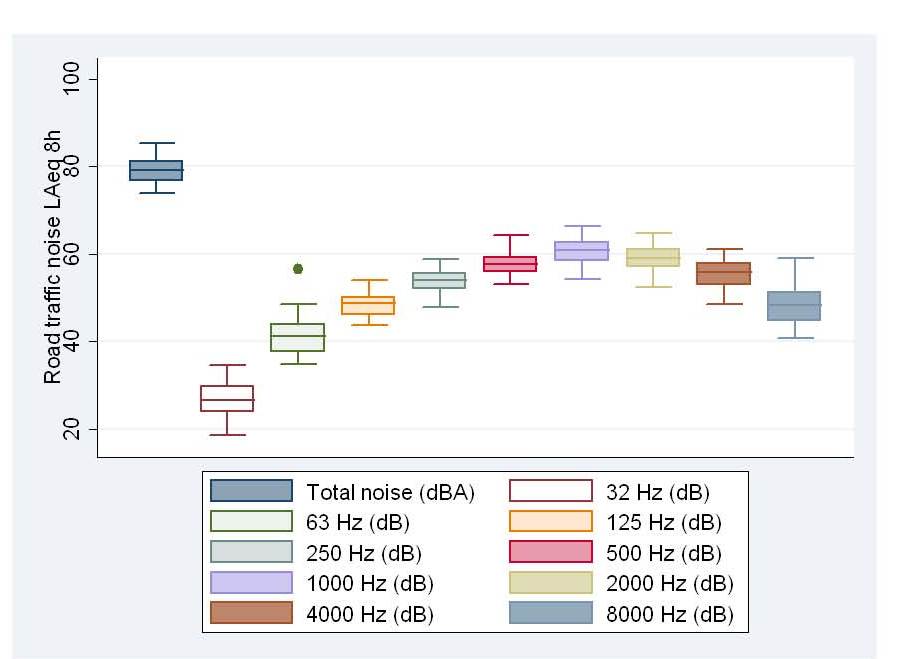Also discussed here: What Can Be Done to Reduce Health Impacts from Roadside Vehicle Emissions?
And here: How Does Outside Air Pollution Affect Indoor Air Pollution?
Today we review research into the link between roadside noise and heart disease, noting that earlier studies had shown a link between heart disease and traffic-related air pollution. Results indicate that exposure to noise at different frequencies is strongly linked to hypertension, especially exposure to noise from motorcycles. These results provide further justification for municipal zoning which keeps heavy traffic at a safe distance from residences, especially for old age nursing homes where heart disease is frequently the cause for death. Steps have been taken in Halton Region in southwestern Ontario, Canada to do precisely that where major roads would be less than 30 m away from housing developments (or highways within 150 m).

Key Quotes:
“Noise exposure may induce the development of hypertension, which is an important risk factor for cardiovascular disease, and many epidemiological studies have shown the association between hypertension and road traffic noise exposure”
“Our study is the first to show the association between the prevalence of hypertension and frequency components of road traffic noise. We found that residents exposed to high levels of road traffic noise at 63, 125 and 1000 Hz had a significantly higher risk of hypertension.”
“all types of traffic were significantly correlated with low-frequency noise exposure. Motorcycles, the dominant source of traffic noise in central Taiwan [11], had the highest correlation coefficients at 63 and 125 Hz.”
“We also found a high correlation ..between noise exposure and total traffic flow rate that was consistent with the results of previous studies. One previous study measured traffic noise and NO2 in Canada (r = 0.53) …and another study measured NO2 and modeled traffic noise in Spain (r = 0.62) ….total traffic flow rate was used as a surrogate of traffic-related air pollution in the multiple logistic regression models“
“Another solution, being pursued in Canada, is to require developers to build homes for the vulnerable populations of children and the elderly at least 30 m away from major roads or 150 m from highways (or provide air quality evidence that it is safe)- as municipal authorities in Halton Region have done recently.”






No comments:
Post a Comment